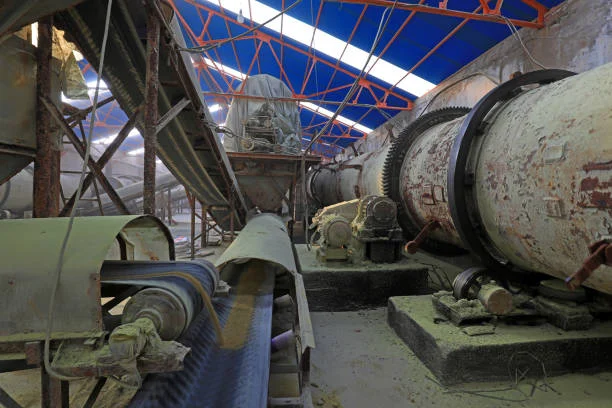
Introduction
Extracting gold from carbonaceous gold ores is a complex and challenging task. The presence of carbonaceous materials can interfere with the gold recovery process. Among various methods, the oxidative roasting - cyanidation process has become a popular and effective approach. This blog post aims to provide a comprehensive overview of this process, including its principles, advantages, and applications.
Characteristics of Carbonaceous Gold Ores
Carbonaceous gold ores contain carbonaceous materials, which can exist as elemental carbon, organic carbon (such as humic acids and long - chain hydrocarbons), or graphitic carbon. These components significantly impact gold extraction. For instance, during the cyanidation process, they can adsorb gold cyanide complexes, a phenomenon known as "preg - roasting." This reduces the amount of gold that can be recovered by conventional methods. Additionally, some carbonaceous materials may encapsulate gold particles, hindering their efficient leaching.
Oxidative Roasting Process
Principle
Oxidative roasting is a thermal treatment where carbonaceous gold ore is heated in the presence of oxygen. The main goals are to remove carbonaceous materials by converting them into carbon monoxide and carbon dioxide, and to decompose sulfide minerals like pyrite into iron oxides. During roasting, carbon burns to form carbon dioxide, and pyrite reacts with oxygen to produce iron oxides and release sulfur dioxide. The decomposition of pyrite is crucial as it not only gets rid of sulfur, which can cause issues in later processing, but also exposes gold particles that were previously trapped within the sulfide structure, making them more accessible for the leaching process.
Process Flow
Ore Preparation: First, the carbonaceous gold ore is crushed and ground to an appropriate particle size to ensure efficient roasting. A typical particle size for roasting is usually around minus ten mesh to facilitate good heat transfer and reaction rates.
Roasting: The prepared ore is then fed into a roasting furnace, such as a fluidized - bed furnace or a multi - hearth furnace. Inside the furnace, the ore is heated to a specific temperature, generally ranging from 500 - 700°C. Precise control of the temperature and oxygen content in the furnace is essential. If the temperature is too low or the atmosphere is slightly reducing, the roasting will be incomplete, leading to a significant decrease in gold extraction. Temperatures above 550°C can cause pyrite to transform into a form of hematite from which gold is difficult to leach using cyanide.
Gas Treatment: The gases generated during roasting, mainly carbon dioxide, sulfur dioxide, and some unburned carbon monoxide, require treatment. Sulfur dioxide is a harmful gas that can pollute the environment, so it is commonly removed from the flue gas. This is often done by scrubbing with lime - based solutions, which results in the production of gypsum. Strict emission controls are necessary to comply with environmental regulations.
Cyanidation Process
Principle
Cyanidation is the most widely used method for extracting gold from ores. In this process, gold reacts with cyanide ions in the presence of oxygen to form a soluble gold - cyanide complex. The cyanide ions interact with the gold surface, creating a complex ion that dissolves in the solution. Oxygen acts as an oxidizing agent, helping to dissolve the gold.
Process Flow
Leaching: After oxidative roasting, the roasted ore is cooled and then undergoes cyanidation. The ore is mixed with a dilute solution of sodium cyanide or potassium cyanide, typically in the range of 0.05 - 0.2% by weight. The slurry is agitated to ensure good contact between the ore particles and the cyanide solution. The leaching time can range from several hours to a few days, depending on the ore's characteristics and the desired gold recovery rate.
Solid - Liquid Separation: Once the leaching process is complete, the slurry needs to be separated into a solid residue (tailings) and a pregnant solution containing the gold - cyanide complex. This separation is usually achieved through methods like filtration or sedimentation using thickeners.
Gold Recovery from Pregnant Solution: There are several ways to recover gold from the pregnant solution. One common method is zinc precipitation. Zinc dust is added to the pregnant solution, and because zinc is more electropositive than gold, it displaces gold from the gold - cyanide complex. The precipitated gold is then filtered and further refined to obtain pure gold. Another approach involves adsorption using activated carbon or ion - exchange resins. The gold - cyanide complex adheres to the surface of the adsorbent, and gold is later recovered through subsequent processing steps.
Advantages of the Oxidative Roasting - Cyanidation Process
Effective Carbon Removal: Oxidative roasting efficiently eliminates carbonaceous materials from the ore. By converting carbon into carbon monoxide and carbon dioxide, it prevents the "preg - roasting" problem, thereby enhancing the efficiency of the subsequent cyanidation process and increasing gold recovery.
Enhanced Gold Liberation: The decomposition of sulfide minerals during roasting exposes the encapsulated gold particles. This increases the surface area of the gold, making it more accessible to the cyanide solution and resulting in a higher gold leaching rate during cyanidation.
Compatibility with Existing Infrastructure: The cyanidation process is well - established in the gold mining industry. Combining it with oxidative roasting can be easily integrated into existing mining and processing facilities with some modifications to accommodate the roasting step.
Application Examples
Carlin - type Ores: In the United States, extensive research has been conducted on using the oxidative roasting - cyanidation process to treat Carlin - type carbonaceous gold ores. Initially, roasting faced challenges such as high capital costs for drying the feed and controlling emissions. However, with the development of more efficient roasting technologies and environmental control measures, it has become a viable option. Some mines have achieved gold extractions of 85 - 87% from ores with relatively high gold grades (e.g., thirteen grams of gold per tonne) using this combined process.
South African Ores: In South Africa, where carbonaceous gold ores are often associated with sulfide minerals, the oxidative roasting - cyanidation process has been applied. The roasting step decomposes the sulfides and removes carbonaceous materials, and the subsequent cyanidation step recovers the gold. Over time, the process has been optimized to improve gold recovery and reduce operating costs.
Conclusion
The oxidative roasting - cyanidation process is a powerful and effective method for extracting gold from carbonaceous gold ores. By addressing the challenges posed by carbonaceous materials and sulfide minerals through roasting and then using the well - established cyanidation process for gold extraction, this combined approach offers high gold recovery rates. However, it's important to note that both roasting and cyanidation have environmental implications, such as the release of sulfur dioxide during roasting and the potential toxicity of cyanide. Therefore, continuous efforts are being made to improve the process's efficiency, reduce its environmental impact, and develop more sustainable alternatives. As the demand for gold continues to grow, the oxidative roasting - cyanidation process will likely remain an important part of the gold extraction toolkit in the mining industry.
- Random article
- Popular articles
- Popular comments
- Hg-ore Gravity selection+flotation process
- Gold Mine Combined Beneficiation Process
- Gravity combined beneficiation process for wolframite ore
- Lithium ore combined beneficiation process
- Effective antimony ore gravity separation method
- Manganese ore washing to achieve the best results
- Efficient purification of manganese ore by magnetic separation process



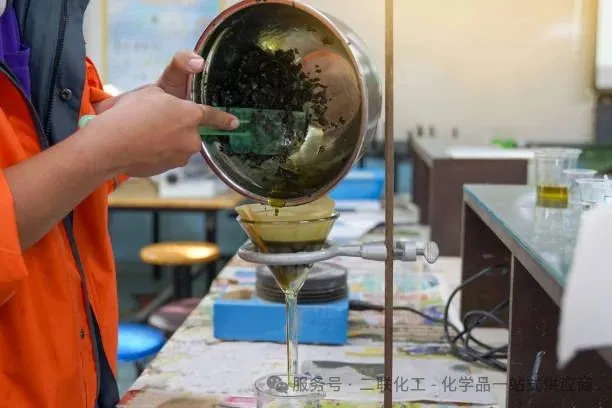

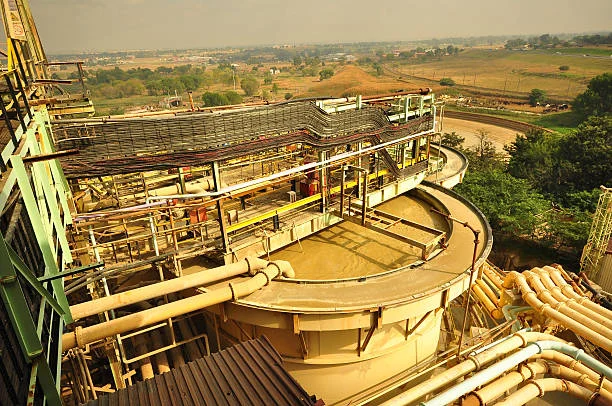
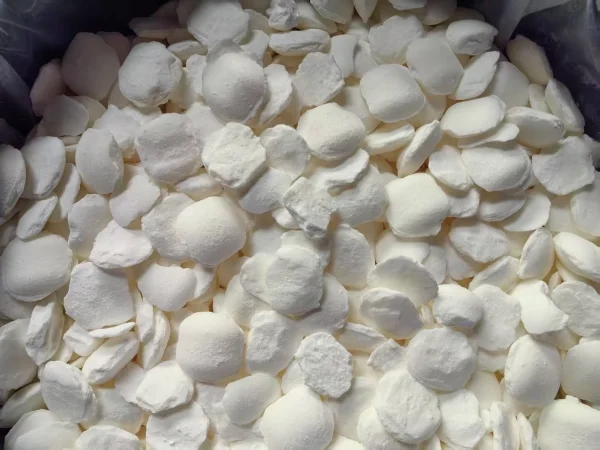
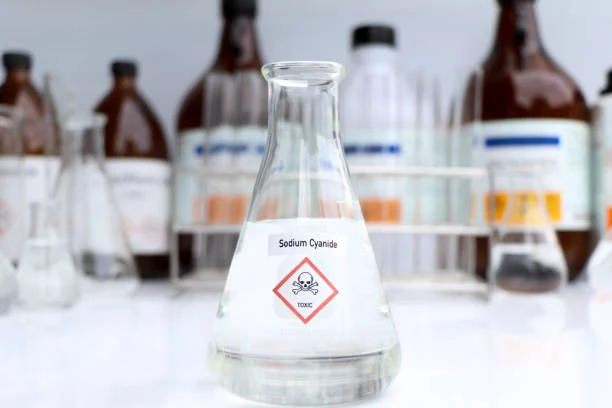
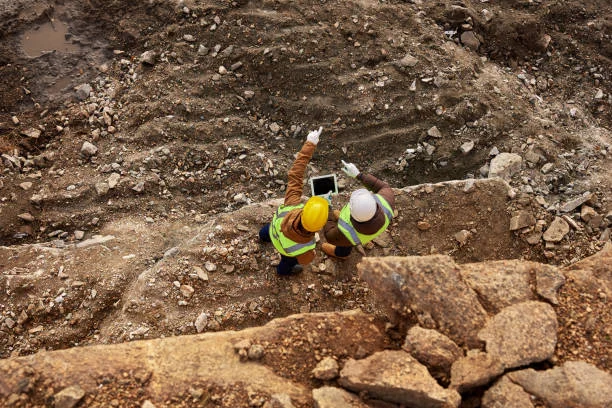
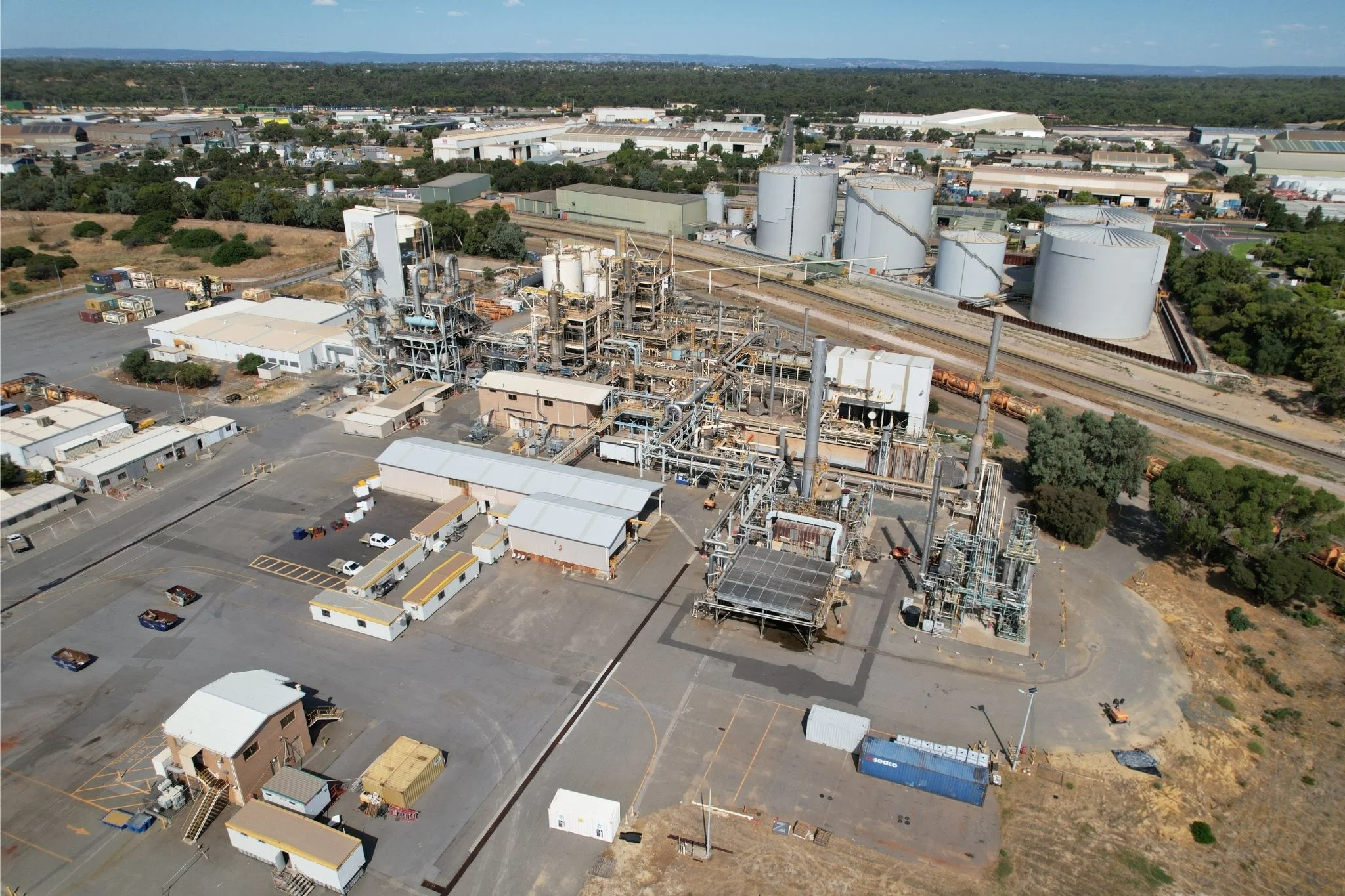
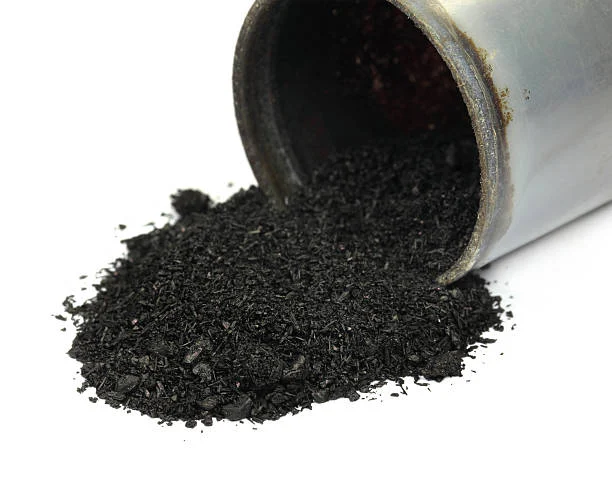
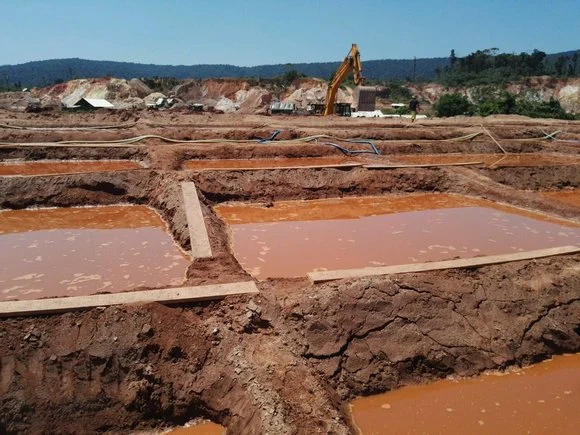
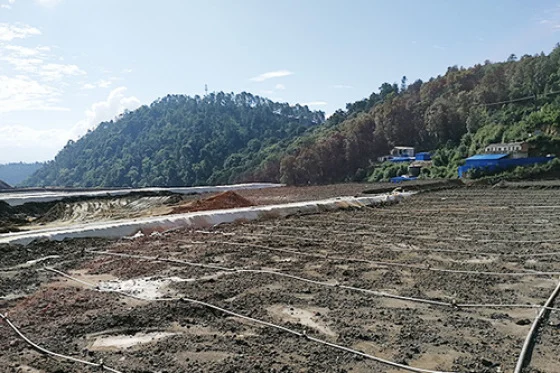
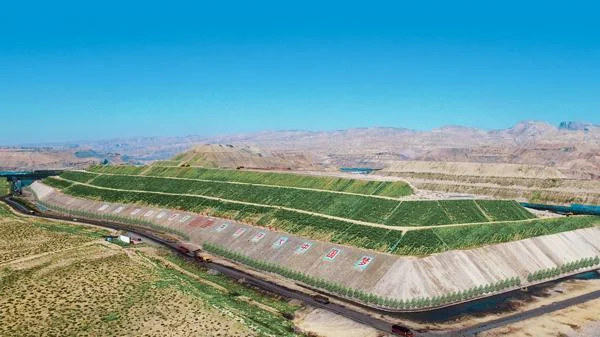

Leave a message with your needs or comments
Add comment: